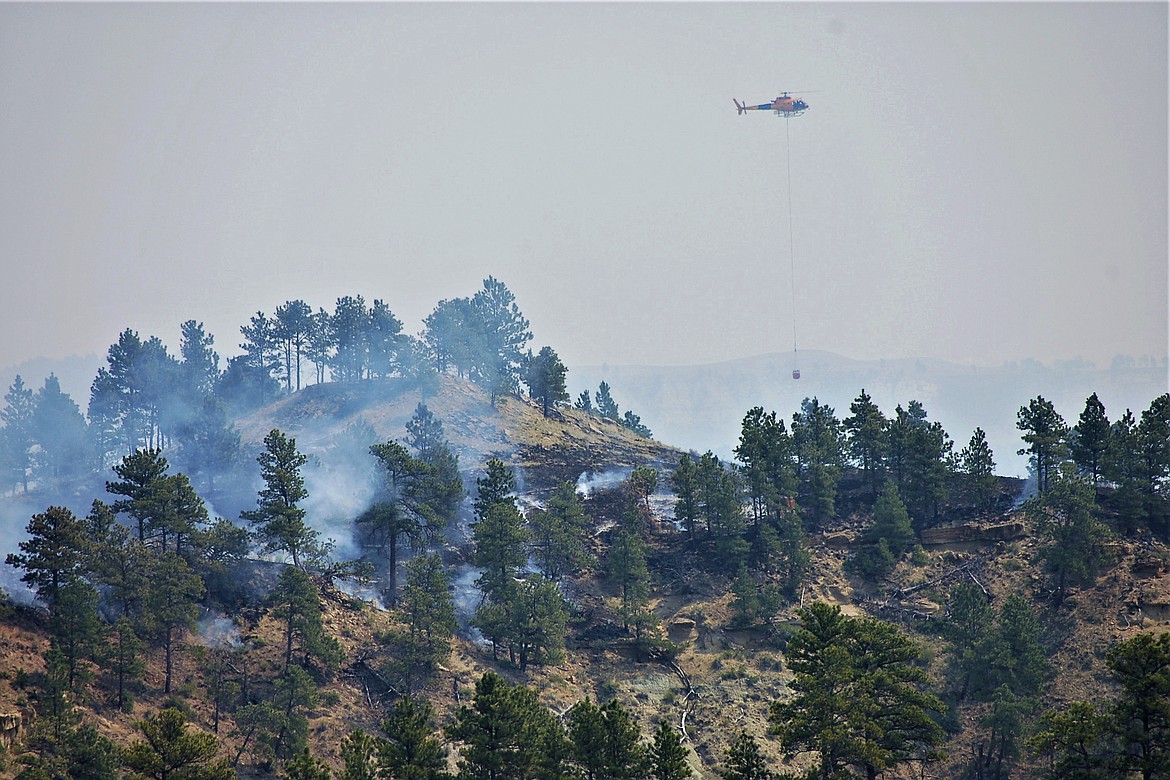Smoke fouls air as fires, heat hammer northern Rockies
BILLINGS, Mont. (AP) — Record-breaking heat hammered the northern Rockies on Tuesday and smoke from dozens of large wildfires drove pollution to unhealthy levels — a grim but increasingly familiar situation for a region racked by drought....
Become a Subscriber!
You have read all of your free articles this month. Select a plan below to start your subscription today.
Already a subscriber? Login



